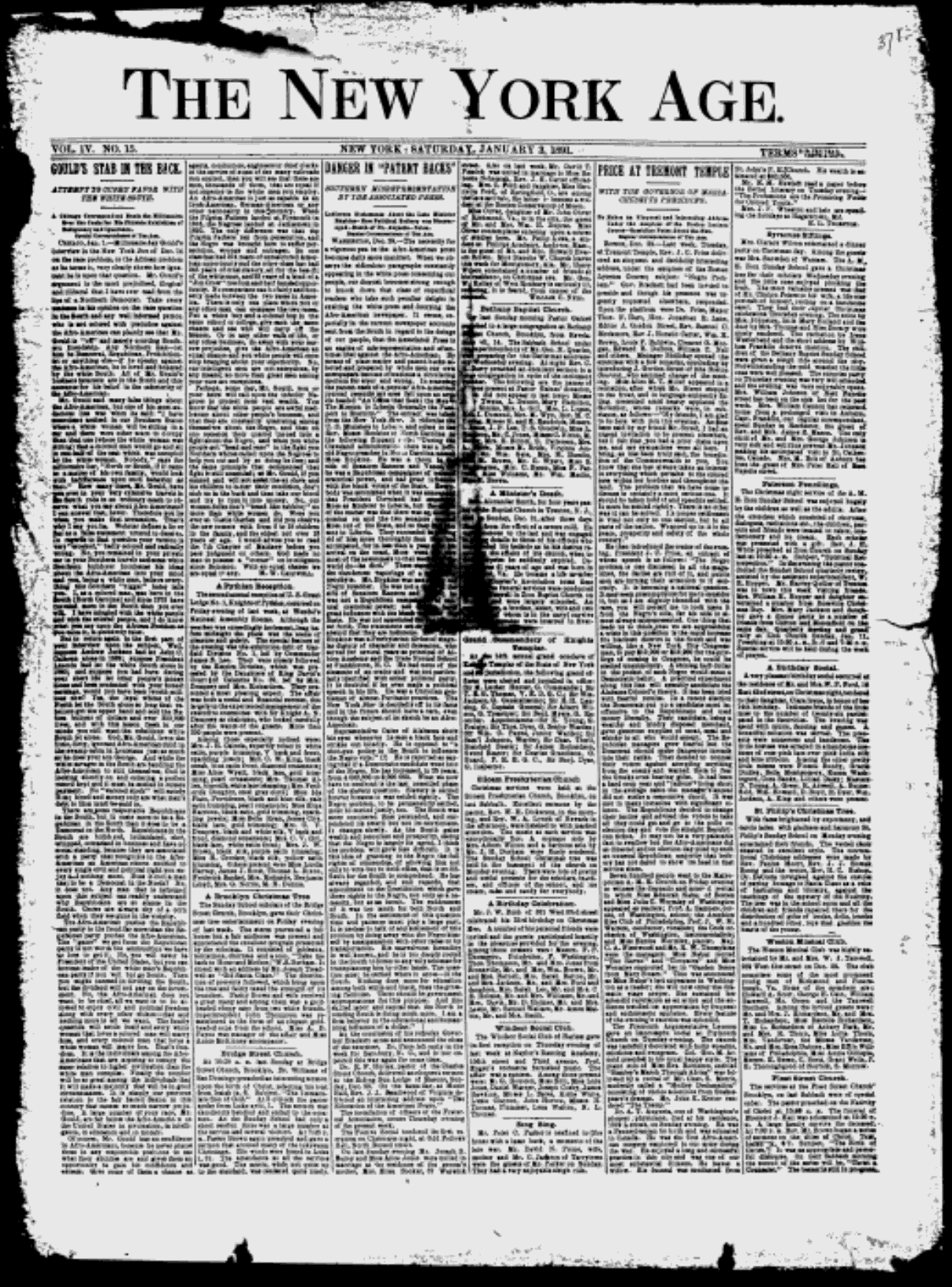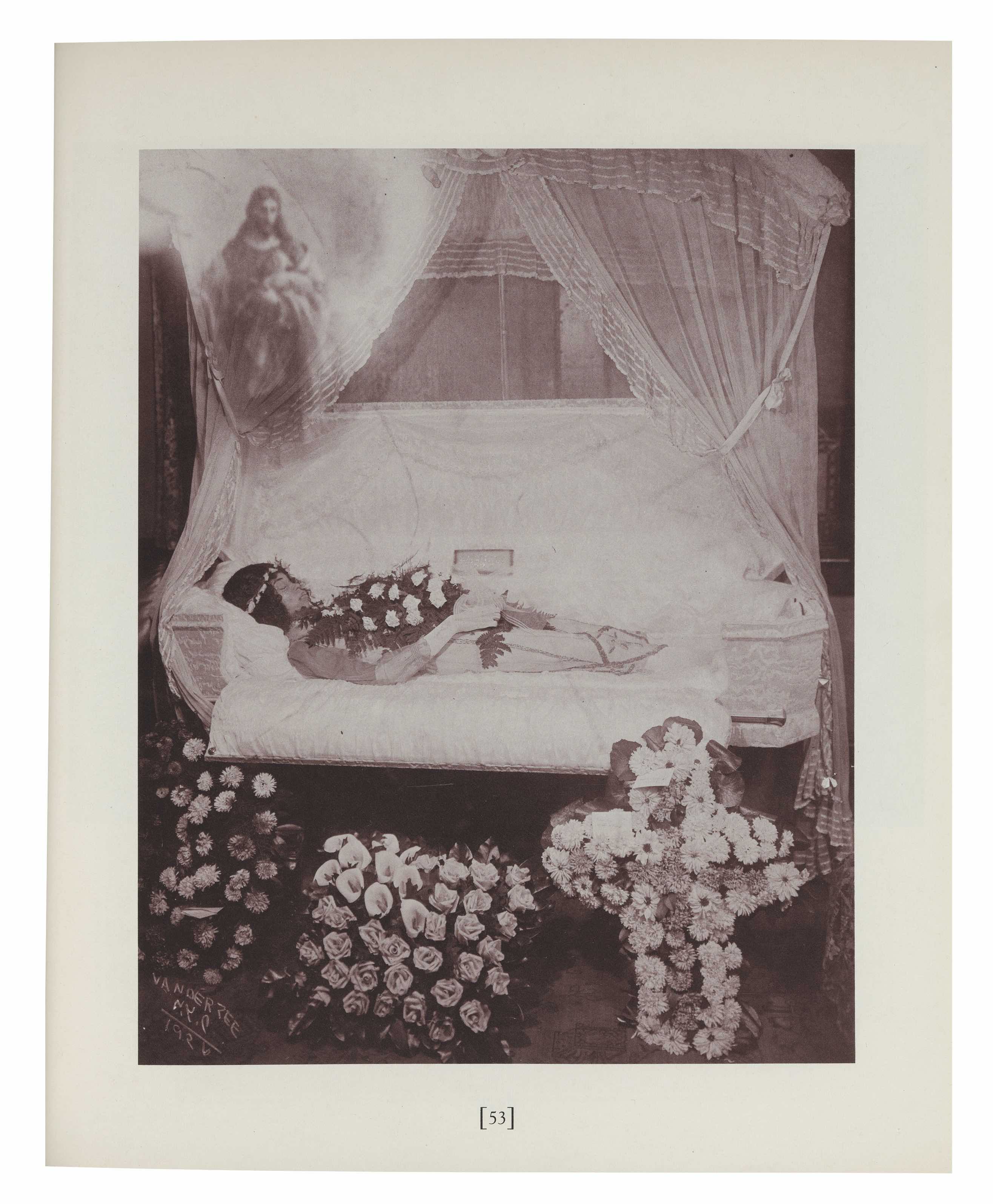Part 4: Wonderings and Wanderings
“Part of this talk is a substitute for an entry or series of entries in a journal or notebook that I have never kept. The kind of writer’s journal, many of which I have read, which contains ideas for future work, sketches of scenes, observations and meditations. But especially the thoughts that undergird problems and solutions the writer encounters during a work-in-progress.
I don’t keep such notebooks for a number of reasons, one of which is the leisure time available to me, the other is the form my meditations take. Generally it is a response to some tangled, seemingly impenetrable, dis-ease; an uniqueness connected to a troubling image. Other times I circle around an incident, a remark or an impression that is peculiar enough to first provoke curiosity, then mysterious enough to keep recurring… All the time I am ruminating on these things I am not searching for a theme or a novelistic subject, I am just wondering. Most of this wondering is wandering, and disappears sooner or later. But occasionally, within or among these wonderings, a larger question poses itself. I don’t write it or my musings down because to do so would give them a gravity they may not deserve. I need to feel pursued by the question in order to be convinced that the further exploration is bookworthy. When that happens at some point a scene or a bit of language arrives. It seems to me a waste of valuable time to sketch or record that when, if it is interesting enough to embellish, I could be tracking it by turning it directly into a fictional formulation. If I learn that I am wrong about its staying power or its fertility, I can always throw it away. So I get out the yellow legal pad, and see what happens.”

In 1978 Morrison wrote a foreword for The Harlem Book of the Dead, a collection of James Van Der Zee’s 1920s Harlem funeral photographs. Morrison was captivated by a particular photograph of a “pretty girl in a coffin” and the story that accompanied the image. Three years later Morrison was still haunted by the photograph; “it won’t go away,” she explained in a May 1981 interview with the Chicago Tribune. From the photograph and its caption, Morrison was led to an archivally rich world that included that era’s newspapers, maps, history books, photographs, public events, and music. As Morrison wondered and wandered through this material, she developed the fictional world of Jazz, her 1992 novel set in 1920s New York. These items represent some of Jazz’s source material and help us imagine how and where Morrison wondered and wandered.
As a creative process, wondering and wandering is recursive, roving, and looping. It is filled with false starts, repetitions, and surprising revelations. In the mid-2000’s Morrison began work on her ninth novel, A Mercy (2008). Set in pre-national, 17th-century America, A Mercy follows a circuitous plot that brings together a wide-ranging chorus of narrative voices. In these early drafts and outlines for the novel, Morrison’s wonderings occur in between carefully detailed timelines, in questions about the historical accuracy of terms and names, and through short character sketches. Often exceeding the materiality of the ubiquitous yellow note pad, these active expressions of her creative practice stage how wondering and wandering are part of an interactive and ongoing writing process.
The Harlem Book of the Dead
1978
Princeton University Library Special Collections


Hammond's atlas of New York City and the Metropolitan District
1915
New York: C.S. Hammond & Company
Princeton University Library Special Collections

New York Silent Protest Parade
1917
Unknown Photographer
Courtesy of the James Weldon Johnson Collection in the Yale Collection of American Literature, Beinecke Rare Book and Manuscript Library.
Morrison invented the concept “Bookvoice,” her word for a narrator and a narrative perspective. “Bookvoice” lives amongst Jazz’s characters and is the synthesis of all the research materials Morrison gathered – the maps, the history books, the photographs. In these notes, we see Morrison struggling to name this new narrative perspective for herself. “How does a book sound when it is speaking as itself,” she wonders, “a hidden character’s point of view.” “Bookvoice” clarifies her invention: a narrative voice hardly reliable as a narrative authority.

Notes for A Mercy
Undated
Princeton University Library Special Collections

Miscellaneous Research Materials and Manuscript Drafts for Jazz
2022
This artwork draws upon the archival material that Morrison gathered while crafting Jazz (1992), including early twentieth-century subway maps, Black newspapers, and various advertisements. The handwritten notes, drafts, and typeset pages show Morrison meditating on the city, crafting the narrator’s unique voice and, in some cases, incorporating research material directly into her prose.


